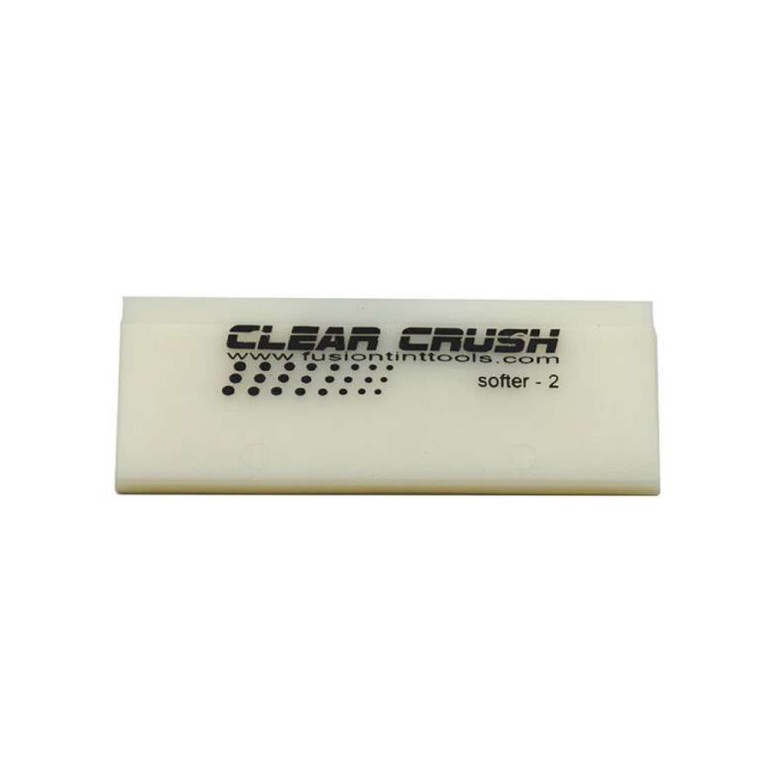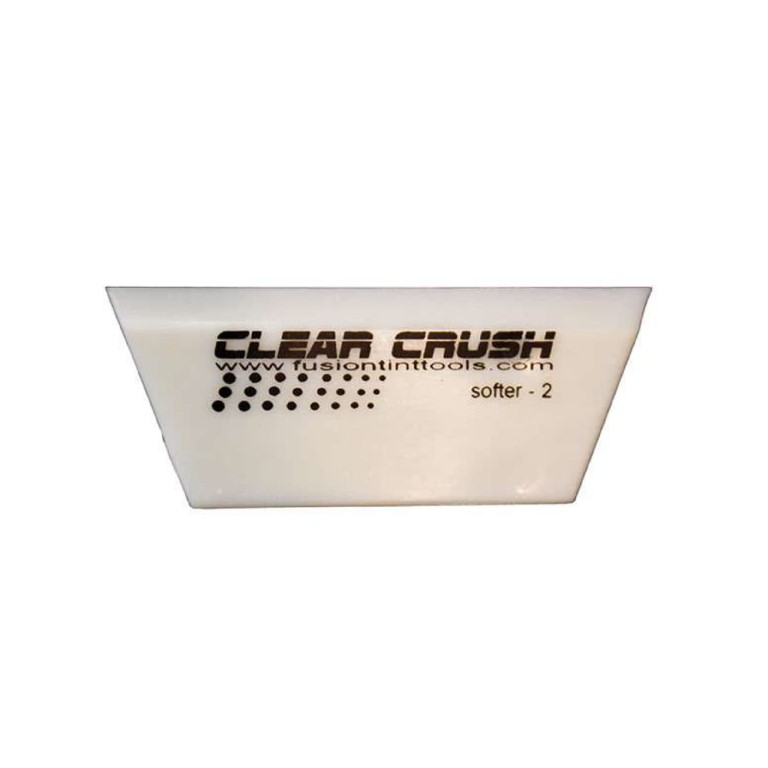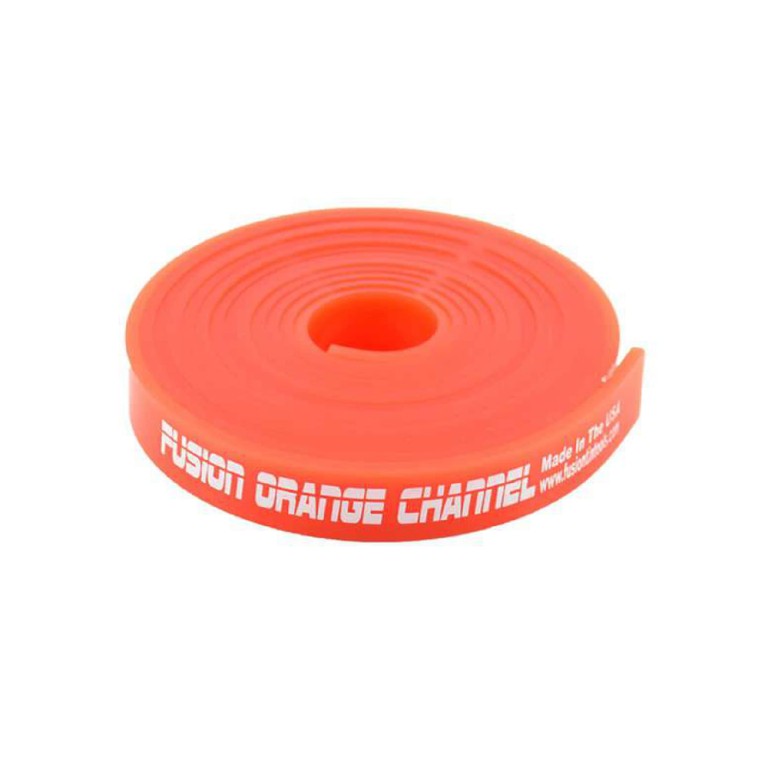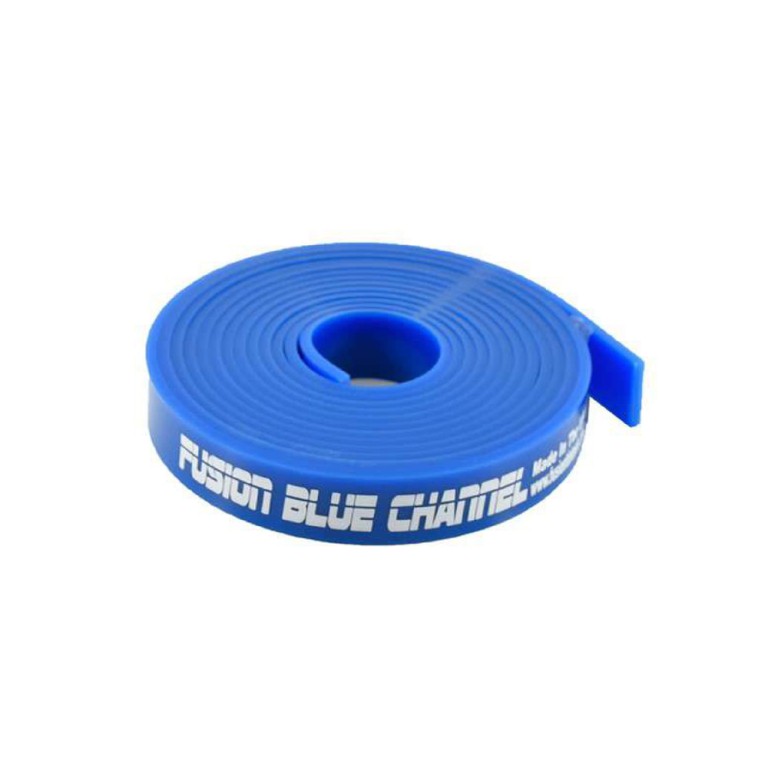Handled Squeegees
-
Professionals commonly use a specific type of squeegee during the installation of window tint films. The preferred choice is a "hard card" squeegee, which is specifically designed for this application. Here's a detailed overview of the squeegee professionals use:
Hard Card Squeegee
A hard card squeegee is an essential tool in the window film installation process. It is made of durable, rigid plastic or a similar material that provides the necessary stiffness to ensure effective smoothing and adherence of the film to the glass surface. The hard card squeegee is designed to minimise the risk of scratches on the film and promote a smooth, professional finish.
Features of a Professional Hard Card Squeegee
Material: Typically made from a hard and durable plastic material to withstand repeated use.
Size: Comes in various sizes, allowing professionals to choose the most suitable size for different window dimensions.
Edges: Rounded or bevelled edges to prevent damage to the film and ensure a smooth glide during the application process.
Flexibility: While it is rigid enough to apply adequate pressure, it also has some flexibility to contour to the curves and edges of the glass.
How Professionals Use Hard Card Squeegees
Film Application: After placing the tint film on the glass, professionals use the hard card squeegee to smooth out the film from the centre to the edges. This minimises the risk of bubbles or creases.
Excess Water Removal: Professionals also use the squeegee to remove excess water or soapy solution trapped between the film and the glass. This aids in proper adhesion and prevents moisture-related issues.
Finishing Touches: The hard card squeegee is utilised for final touches, ensuring the film is securely adhered to the glass, and any remaining air bubbles are eliminated.
In summary, the hard card squeegee is a crucial tool in the hands of professionals during the installation of window tint films. Its design and features contribute to the overall effectiveness and precision required for a successful and visually appealing application.
-
Selecting the best professional window squeegee depends on various factors, including the specific task at hand. Here's an overview of different types of professional window squeegees and their corresponding applications:
Classic Rubber-blade Squeegee
Best For: Routine window cleaning tasks.
Features:
Standard choice for everyday use.
Typically features a rubber blade for effective water and cleaning solution removal.
Available in various sizes for different window dimensions.
Microfiber Squeegee
Best For: Cleaning and drying windows without streaks.
Features:
Combines a microfiber scrubber with a squeegee for comprehensive cleaning.
Ideal for removing dirt and grime while leaving windows streak-free.
Scraper Squeegee
Best For: Removing stubborn debris and paint from glass surfaces.
Features:
Equipped with a scraper edge for tackling adhesive residue, paint, or other tough substances.
Useful in pre-cleaning windows before applying tint films or coatings.
Handled Squeegee
Best For: Water extraction from under the film.
Features:
Designed in multiple sizes and firmnesses to suit different applications. A heavy pressure can be achieved for maximum water extraction.
Ensures optimal contact for efficient water removal.
When selecting the best professional window squeegee, it's crucial to consider the specific requirements of the task.
-
For professional window tinting, both rubber and silicone squeegees have their merits. Rubber squeegees are cost-effective and suitable for wet applications, while silicone squeegees offer chemical resistance and longevity. Professionals often choose based on their specific tinting needs, considering factors such as budget, application environment, and the desired longevity of the squeegee. Some may opt for a combination of both types to address different aspects of the tinting process effectively.
-
Choosing the Best Professional Window Squeegee
Selecting the right window squeegee is crucial for achieving optimal results in professional applications. Consider the following factors when choosing a squeegee for professional window cleaning:
Material:
Rubber Blades: Opt for high-quality rubber blades that provide consistent and streak-free results. Look for natural rubber or high-grade blends for durability.
Handle Material: Choose handles made from lightweight yet sturdy materials like aluminium or stainless steel for ease of use and longevity.
Blade Size: Matching Window Size: Select a blade size that complements the size of the windows you typically work with. Smaller blades are suitable for smaller windows, while larger blades cover more substantial surface areas efficiently.
Blade Shape: Straight or Contoured: Consider the shape of the blade. Straight blades are versatile and effective on flat surfaces, while contoured blades are designed to follow the curves of the glass, enhancing precision.
Channel and Clip Design:
Quick Release Channels: Opt for squeegees with quick-release channels for swift blade replacement and maintenance during time-sensitive projects.
Secure Clips: Ensure the clip design holds the blade securely to prevent accidental dislodging during use.
Handle Design:
Ergonomics: Choose a squeegee with an ergonomic handle design for comfortable and extended use without causing strain.
Non-Slip Grip: Handles with non-slip grips enhance control and reduce the risk of accidents.
Weight: Balanced Weight: Consider a well-balanced squeegee that minimises hand fatigue during prolonged use.
Versatility: Adaptability: For versatility, select a squeegee that allows for interchangeable channels and blades, adapting to various window sizes and cleaning requirements.
Maintenance: Ease of Cleaning: Choose a squeegee that is easy to disassemble and clean, ensuring consistent performance over time.
Price vs. Quality: Invest Wisely: While budget considerations are essential, prioritise quality over cost to ensure long-term durability and performance.
By carefully considering these factors, you can confidently choose a professional window squeegee that aligns with the specific demands of your window cleaning projects.
-
Choosing the Best Professional Window Squeegee for Tinted Windows: Hard vs. Soft Blades
When it comes to tinted window installations, selecting the appropriate squeegee blade is a crucial aspect of achieving impeccable results without compromising the integrity of the tint film. The choice often boils down to whether to use hard or soft blades, each offering unique benefits for tinted window applications:
Hard Squeegee Blades:
Material: Hard squeegee blades are typically made from durable rubber compounds with higher durometer ratings.
Advantages:
Effective for tackling tough debris and residues on windows, making them suitable for initial cleaning or removing stubborn contaminants.
Provides robust scraping action without damaging the tint film when used cautiously.
Soft Squeegee Blades:
Material: Soft squeegee blades are crafted from rubber compounds with lower durometer ratings, ensuring flexibility and gentleness on surfaces.
Advantages:
Conforms well to the glass surface, facilitating maximum contact and efficient water removal without risking damage to delicate tinted films.
Ideal for achieving streak-free finishes on clean or lightly soiled tinted windows.
When to Use Hard or Soft Blades for Tinted Windows:
Hard Blades: Employ hard squeegee blades when dealing with initial cleaning or addressing stubborn debris on tinted windows. Exercise caution to prevent damage to the tint film.
Soft Blades: Opt for soft squeegee blades for regular maintenance cleaning on tinted windows. Their gentle yet effective design ensures a pristine finish without risking damage to the tint film.
Considerations for Tinted Windows:
Blade Size: Choose a blade size that matches the dimensions of the tinted window for efficient cleaning.
Quality Material: Prioritise high-quality rubber compounds to ensure durability and prevent any potential scratching or damage to the tinted film.
Hybrid Squeegee Blades for Tinted Windows:
Combination Blades: Some squeegees come with hybrid blades, combining elements of both hard and soft blades. These versatile options cater to various cleaning scenarios on tinted windows.
Maintenance and Replacement:
Regular Checks: Regularly inspect the condition of the squeegee blades. Tinted windows may benefit from softer blades, which generally require less frequent replacement to avoid any potential damage to the film.
In the realm of professional window tinting, the choice between hard and soft squeegee blades hinges on the specific cleaning requirements and the delicacy of the tinted film. Tinting professionals often carry both types to address diverse challenges and ensure the longevity and pristine appearance of tinted windows.



